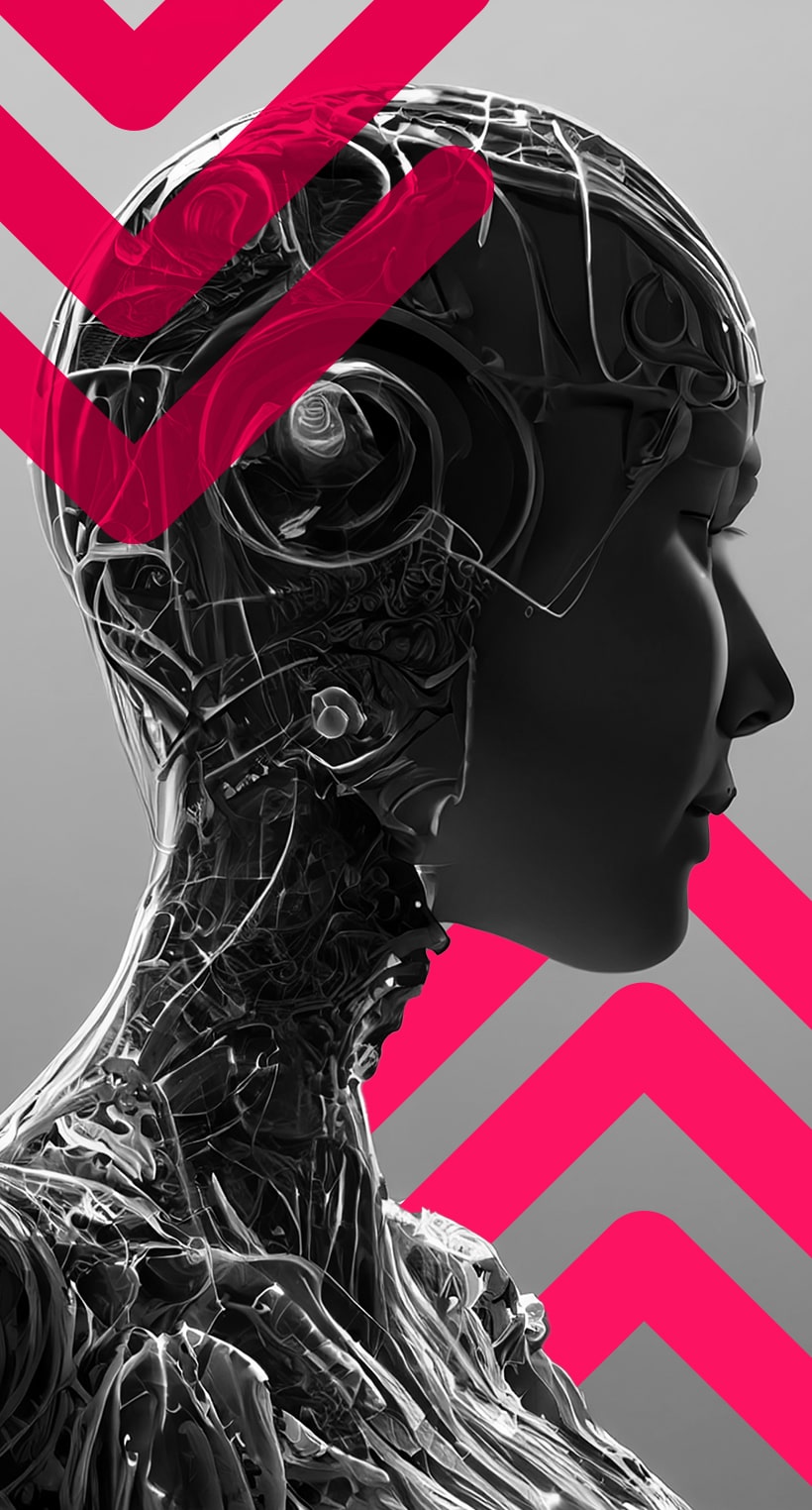The Benefits of AI in the Workplace
1. Increased Efficiency and Productivity
AI-powered systems can automate mundane, repetitive tasks, freeing up human employees to focus on more strategic and creative work. By leveraging machine learning algorithms, AI can process vast amounts of data, identify patterns, and make decisions with lightning speed, significantly increasing overall productivity.
2. Improved Decision-Making and Problem-Solving
AI systems can analyse complex data sets, identify trends, and provide data-driven recommendations that can aid in the decision-making process. This can lead to more informed and strategic choices, ultimately improving problem-solving capabilities within the organisation.
3. Cost Savings and Resource Optimisation
Implementing AI in the workplace can result in cost savings by reducing the need for manual labour, streamlining processes, and optimising resource allocation. Additionally, AI-powered systems can often operate 24/7, reducing the need for overtime and increasing the overall efficiency of the organisation.
4. Enhanced Customer Experiences
AI-powered chatbots, virtual assistants, and personalised recommendations can significantly enhance the customer experience. By providing instant and tailored responses, AI can improve customer satisfaction, reduce response times, and ultimately drive business growth.
The Drawbacks of AI in the Workplace
1. Potential Job Displacement and Unemployment
The integration of AI in the workplace raises concerns about job displacement, as certain tasks and roles may become automated. This can lead to fears of widespread unemployment, particularly among lower-skilled workers, and requires careful consideration of the potential social and economic impacts. However, with proactive measures like reskilling programs and coaching, workers can adapt to the evolving job landscape, learning new skills and transitioning into roles that leverage both human and AI capabilities. By investing in continuous learning and development, organisations can empower their workforce to thrive alongside technological advancements.
2. Ethical Concerns and Privacy Issues
The use of AI in the workplace raises ethical questions, such as issues of algorithmic bias, data privacy, and the transparency of decision-making processes. Organisations must navigate these complex ethical considerations to ensure the responsible and equitable implementation of AI.
3. Lack of Human Touch and Emotional Intelligence
While AI can excel at data-driven tasks and decision-making, it may lack the nuanced understanding of human emotions, context, and social dynamics that are often essential in the workplace. This can lead to a perceived lack of empathy and personal connection, which can be detrimental to employee morale and overall workplace culture.
AI in Different Industries
AI is being implemented across a wide range of industries, each with its own unique challenges and opportunities. Here are a few examples:
- Healthcare: AI is being used to assist in medical diagnosis, drug discovery, and patient monitoring, leading to more accurate and efficient healthcare delivery.
- Finance: AI-powered systems are being used for fraud detection, portfolio management, and risk analysis, enhancing decision-making and reducing operational costs.
- Retail: AI is being leveraged for personalised product recommendations, inventory management, and customer service, improving the overall shopping experience.
- Manufacturing: AI is being used to optimise production processes, predict equipment failures, and enhance quality control, leading to increased efficiency and cost savings.
How to Implement AI in the Workplace
Successful implementation of AI in the workplace requires a well-planned and strategic approach. Here are some key considerations:
- Identify Specific Use Cases: Organisations should carefully assess their operational needs and identify the specific areas where AI can provide the most value, such as automating repetitive tasks, enhancing decision-making, or improving customer experiences.
- Ensure Data Readiness: Effective AI implementation requires high-quality, well-structured data. Organisations should invest in data management and governance to ensure that their data is accurate, secure, and accessible.
- Foster a Culture of Innovation: Embracing AI in the workplace requires a culture that is open to change and willing to experiment. Organisations should encourage employee engagement, provide training, and create a supportive environment for AI adoption.
- Collaborate with AI Experts: Partnering with AI specialists, whether internal or external, can help organisations navigate the complexities of AI implementation, ensuring that the technology is deployed effectively and ethically.
- Develop a Comprehensive AI Strategy: Organisations should develop a comprehensive AI strategy that aligns with their overall business objectives, considering the potential impact on the workforce, ethical considerations, and long-term sustainability.
Overcoming the Challenges of AI Adoption
Implementing AI in the workplace is not without its challenges. Organisations must be prepared to address the following:
- Resistance to Change: Employees may be hesitant to embrace AI, fearing job displacement or the loss of personal connection. Effective change management and communication strategies are crucial to overcome this resistance.
- Skill Gaps: The integration of AI may require new skills and competencies within the workforce. Organisations should invest in training and upskilling programs to ensure that employees are equipped to work alongside AI systems.
- Regulatory and Compliance Concerns: Organisations must navigate the evolving landscape of AI-related regulations and ensure that their implementation of the technology aligns with relevant laws and industry standards.
- Cybersecurity Risks: The integration of AI can introduce new cybersecurity risks, such as the potential for data breaches or the exploitation of AI systems. Robust security measures and ongoing monitoring are essential to mitigate these risks.
Conclusion
The integration of AI in the workplace has the potential to be a true game-changer, but its impact will depend on how organisations approach and navigate the challenges and opportunities it presents. By carefully weighing the pros and cons, developing a comprehensive AI strategy, and fostering a culture of innovation, organisations can harness the power of AI to drive efficiency, enhance decision-making, and ultimately, gain a competitive edge in their respective industries.
To learn more about how your organisation can effectively implement AI and stay ahead of the curve, consider reaching out to our team of AI experts at AI-UK. We can provide tailored guidance and support to help you navigate the complexities of AI adoption and unlock its full potential in the workplace.
;)
;)
;)